¦ Alva
This rural, unincorporated swath of Lee County east of Fort Myers is a place of citrus groves, cattle, oak trees and woodland trails ideal for horseback riding.
An assumption many newcomers make is that the town must be named for Thomas Alva Edison, the inventor who owned a winter home in Fort Myers. Not so. Sea captain Peter Nelson chose the name for the small white flowers, called alvas, that he found here in the late 19th century.
Residents have been successful at preserving Alva’s charms. No big condos, overpasses or shopping malls here. Alva was beautiful when Capt. Nelson first ventured up the river, and it remains much the same today.
¦ Ave Maria
One of Southwest Florida’s fastest growing areas is the town of Ave Maria. About a half-hour drive east of Naples, it was founded in 2007 by Barron Collier Companies, the founding family of Collier County, and Tom Monaghan, the founder of Domino’s Pizza.
Today’s Ave Maria is home to thousands of residents and growing commercial businesses as well as private schools, including Ave Maria University. The focal point of the town center is the Ave Maria Catholic Church.
¦ Babcock Ranch
Babcock Ranch is a solar-powered city destined to house around 50,000 residents at buildout. It’s also a regional outdoor adventure destination, with walking/cycling trails and lakes stocked with bass, all among a mosaic of oak hammocks and dry prairie, palmetto flatwoods and cypress domes.
Start discovering Babcock at Woodlea Hall in the town’s Founder’s Square. The civic and information hub of Babcock, it is perhaps the most important initial destination for first-time visitors, whether here to enjoy a day on the lake or to learn more about Babcock Neighborhood School (grades K-5) and Babcock High School (grades 6-11, with grade 12 coming in the next academic year).
¦ Boca Grande
Called “the preppiest place on Earth” by The Wall Street Journal, this tony resort community on Gasparilla Island is an outpost of charm, grace and wealth. The town centerpiece is the grand and gracious Gasparilla Inn, circa 1911 and with three croquet lawns. It’s not all about lawn bowling and the beach here, though. The village has a picturesque bicycle path and is home to the World’s Richest Tarpon Tournament.
¦ Bonita Springs
This golf mecca in southern Lee County is much more than tee boxes and greens. Indeed, there are numerous golf courses throughout the city’s 39 or so square miles, but there’s a whole lot more here, too.
The Centers for the Arts Bonita Springs is home for film festivals, art shows, performances and classes of all kinds for all ages. There’s also Riverside Park, complete with a bandshell.
Everglades Wonder Gardens, a charming throwback to the days of Florida roadside attractions, has been right there along Old 41 Road since 1936. There’s also Shangri-La Springs, a stately property that opened in 1921 and has been revitalized in recent years to offer an organic garden and restaurant, fitness studio and spa, a gift shop and an event/wedding venue.
Longtime residents know their city has come a long way in a short period of time. In 1970, the population was just a bit shy of 2,000 and today, it’s approximately 57,000.
¦ Cape Coral
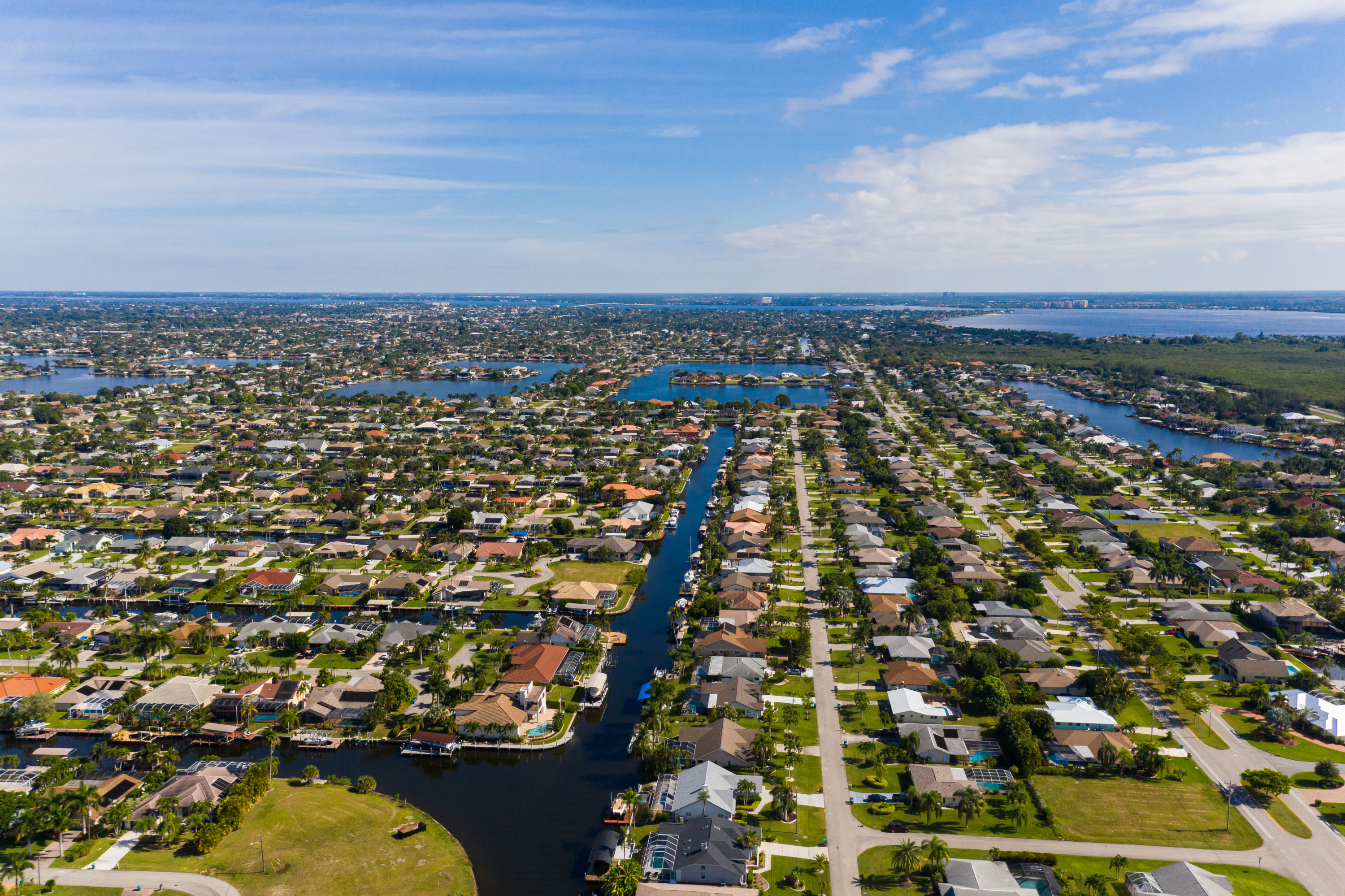
Back in the late 1950s, two visionary Baltimore businessmen, brothers Leonard and Jack Rosen, essentially created Cape Coral by buying a huge swath of land, bulldozing trees and digging one of the world’s most extensive canal systems.
Then the people started coming. And they haven’t stopped. Today, Cape Coral is the largest city in Southwest Florida in size and population, a community of almost 200,000 people spread over 120 square miles. Where early locals once hunted and fished in a vast expanse of pine trees and palmettos is now a place where people of all ages shop, dine, work, raise families and enjoy retirement.
¦ Englewood
Englewood straddles two counties, Charlotte and Sarasota, but it’s a singular place.
So much can be found around its bustling, art-district heart on West Dearborn Street. Just east of town, visitors can hike, camp and ride bikes in the Myakka State Forest. On the other side of Englewood is Manasota Key, a beautiful barrier island with restaurants and cottages overlooking the Gulf of Mexico.
¦ Estero
Estero used to be little more than a wide spot on U.S. 41 between Fort Myers and Naples, an unincorporated place where folks grew oranges and fished the Estero River.
But since Dec. 31, 2014, it is the Village of Estero, Lee County’s newest incorporated community, bustling beyond what anybody might have imagined even very late in the 20th century.
Bits of the past remain at the Koreshan State Historic Site, which preserves 11 buildings that provide a glimpse into the Koreshan Unity, a religious cult that moved here in 1894. The Koreshans are gone now, but a vibrant community where business mixes with pleasure remains.
¦ Fort Myers
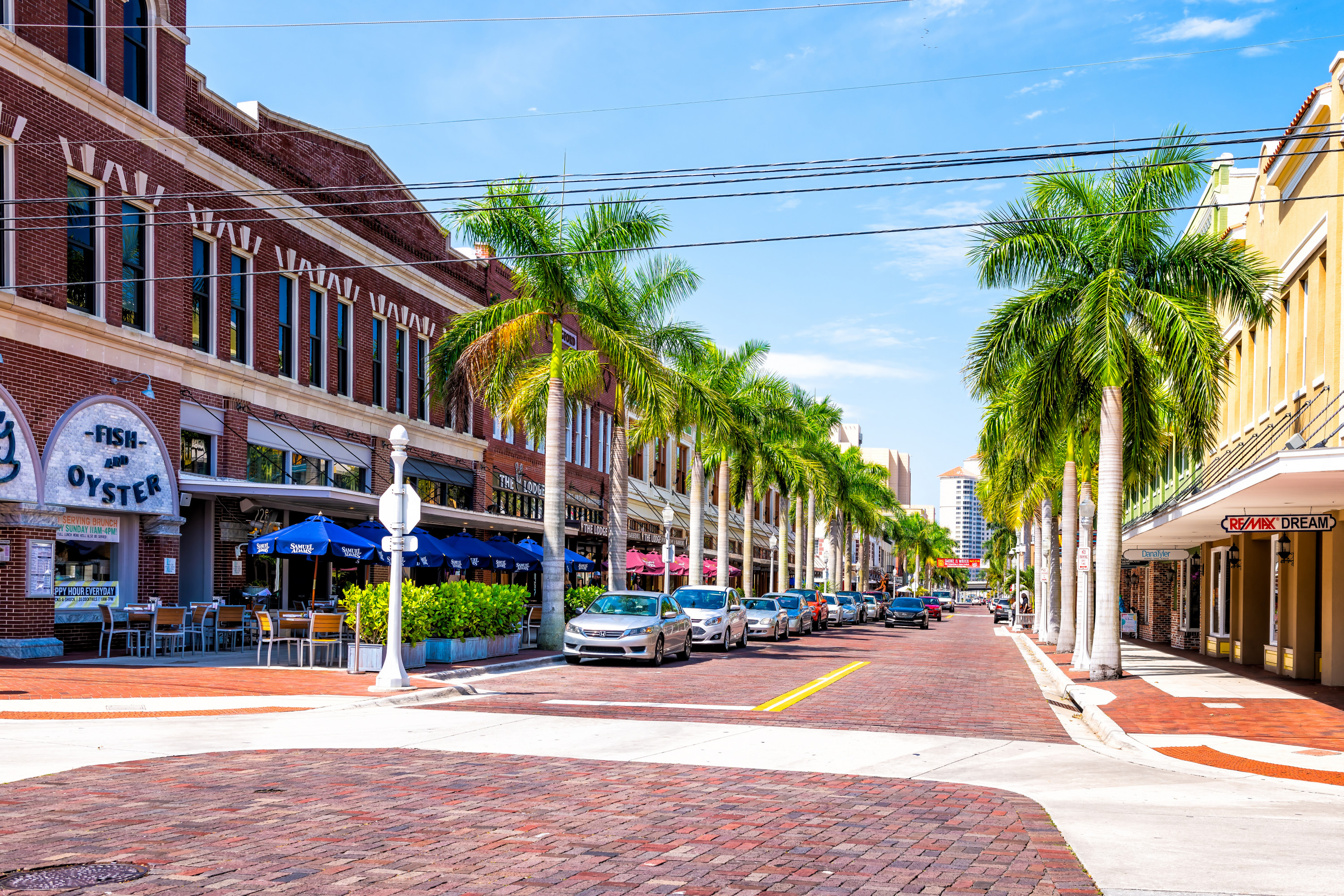
Fort Myers was incorporated in 1885 with a population of 349 and two years later became the county seat when Lee County was carved out of what was then Monroe County. Today the downtown area along the Caloosahatchee River is known as the River District, speckled with architectural gems such as the Sidney & Berne Davis Art Center, the Burroughs Home (built in 1901) and the Lee County Courthouse, which was constructed in 1915.
The city’s diverse art scene includes Florida Repertory Theatre, the Broadway Palm Dinner Theatre, Barbara B. Mann Performing Arts Hall, Theatre Conspiracy and Laboratory Theater of Florida.
Two Major League Baseball teams, the Boston Red Sox and Minnesota Twins, call Fort Myers their Spring Training home.
¦ Fort Myers Beach
Fort Myers Beach on Estero Island, although heavily impacted by Hurricane Ian, stands resilient. Once a vibrant 7-mile-long haven of beaches, hotels, restaurants and shops, this beloved beach community is rallying together for an inspiring journey of rebuilding, restoration, and recovery that will showcase its strength and resilience in the years to come. The community’s determination and spirit will reignite the island’s charm, making it an even more remarkable destination.
Long before the first Europeans reached the area in the 1500s, the native Calusa resided on the island. Remnants of their time and culture are at the Mound House, an early 20th century cottage built atop one of the mounds the Calusa tucked away from the main road. While the structure survived the storm, the Mound House remained closed to the public weeks after the storm while officials ensured its stability.
¦ Immokalee
Immokalee — “my home” in the Seminole language — has a connection to millions of Americans who likely have never even heard of it: About 90% of the nation’s winter tomatoes come from farmland here. Cucumbers, bell peppers and citrus also are major crops.
But Immokalee is about more than farming. Seminole Casino Immokalee and its hotel stay abuzz with gaming, food and drink, special shows and concerts.
¦ Lehigh Acres
In some ways, Lehigh Acres resembles Cape Coral. Both were created by visionary Northern businessmen in the 1950s and have grown beyond what anybody could have predicted 60 years ago.
But while Cape Coral long ago became an incorporated city, Lehigh Acres remains an unincorporated, 86-square-mile tract of eastern Lee County that about 120,000 people call home.
Known as a community where housing is affordable, its location just east of I-75 puts it within easy driving distance of downtown Fort Myers, Southwest Florida International Airport, Florida Gulf Coast University and the region’s beaches and golf courses.
¦ Marco Island
The largest of the Ten Thousand Islands and about a four-hour boat ride from Key West, Marco is the perfect place for all sorts of water sports, from kayaking and standup paddleboarding to fishing and sailing.
Once you cross the SS Jolley Bridge from the mainland, you’ll find everything you need for a good time: hotels, restaurants, shops, beaches, golf courses and plenty of ways to get out and enjoy the water, including 6 miles of beaches. Off the sand, there’s the Marco Island Historic Museum and the Marco Island Art Center.
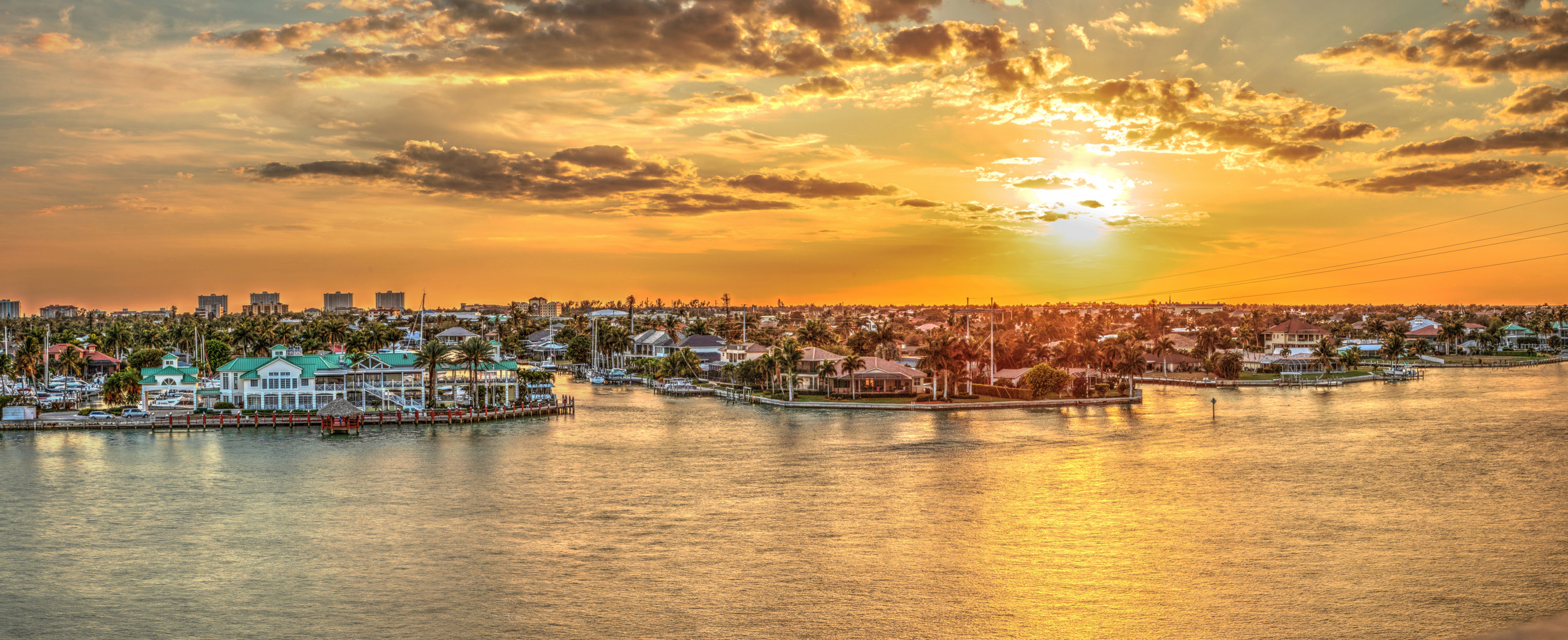
¦ Pine Island
Along with Fort Myers Beach and Sanibel-Captiva Islands, this 18-mile-long stretch, Florida’s largest island, bore the brunt of Hurricane Ian’s devastating force.
Before the storm, Pine Island provided a pleasant glimpse into Florida’s past, to a time before high-rise condos and five-star resorts. Its no-frills communities include Bokeelia to the north to St. James City to the south. Before driving onto the island, motorists go through Matlacha (“mat-la-SHAY”). Wiped out by Hurricane Ian but with a temporary road now in place, the once-walkable span connecting Matlacha and Pine Island proudly bore the nickname “The Fishingest Bridge in the World.”
¦ Port Charlotte
When Forbes magazine in 2015 named the best 25 places to retire in America, Port Charlotte was on the list.
Forbes noted that the cost of living was 8% lower in Port Charlotte than the rest of the country and cited the unincorporated community for its above-average air quality and low rate of serious crime. It also has great recreation, shopping and culture.
And just a short drive to airports in Punta Gorda, Sarasota and Fort Myers, Port Charlotte isn’t just a great place to retire, as Forbes noted. It’s a great place to live, period.
¦ Punta Gorda
In Punta Gorda, time is divided between now and B.C., or Before Charley, the powerful hurricane that barreled through the city in 2004.
In the wake of the storm, Punta Gorda essentially reinvented itself.
Nestled along the water where the Peace River meets Charlotte Harbor, the city retains that old-time Florida feel with a historic district near a charming downtown. Although small, Punta Gorda offers much in the way of beauty, art and culture. One of the biggest post-Charley changes was the addition of the Charlotte Harbor & Event Center, a waterfront venue for all sorts of activities a short walk from downtown restaurants, shops and galleries.
¦ Sanibel-Captiva
The reopening of the Sanibel Causeway linking these barrier islands to the Lee County mainland within two weeks of Hurricane Ian was an astonishing accomplishment by all measures. It was 1963 when the 3-mile-long span first made the islands accessible by car. Check for updates about public access to the islands.
Residents and visitors alike all look forward to the day when Sanibel and Captiva welcome beachcombers back to do the “Sanibel Stoop” in search of shells, to pedal miles of idyllic bike paths and to hike, bike or drive through the J.N. “Ding” Darling National Wildlife Refuge, where more than 220 species of birds come to roost.

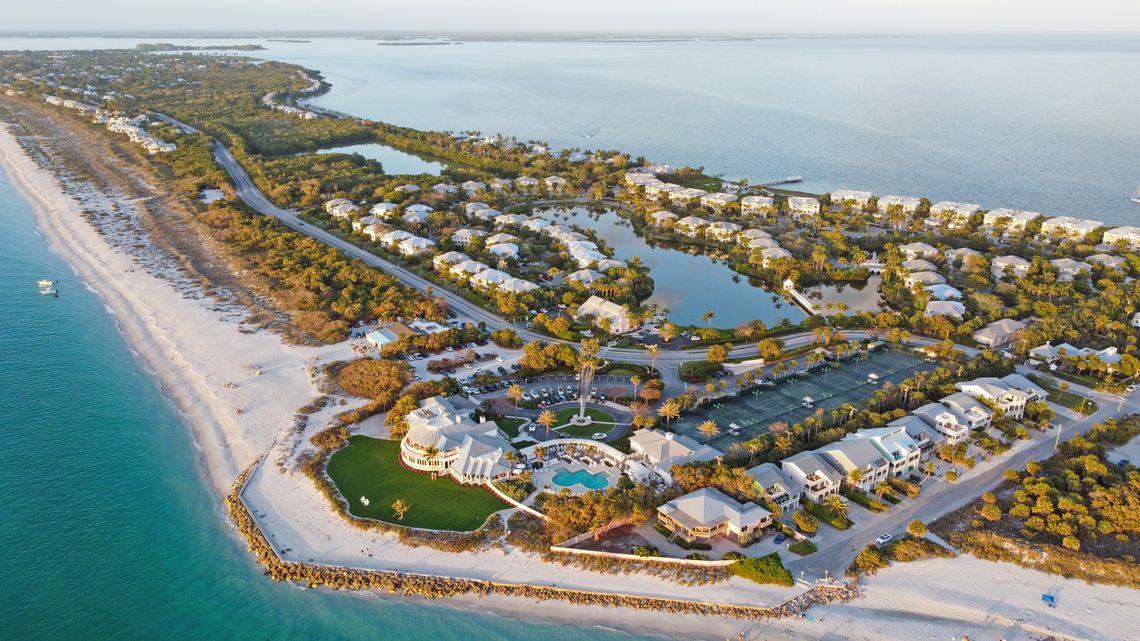

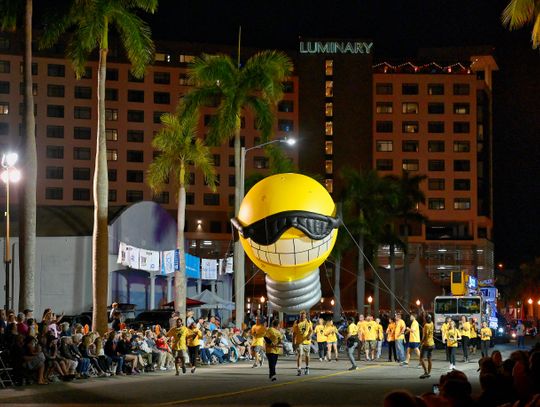


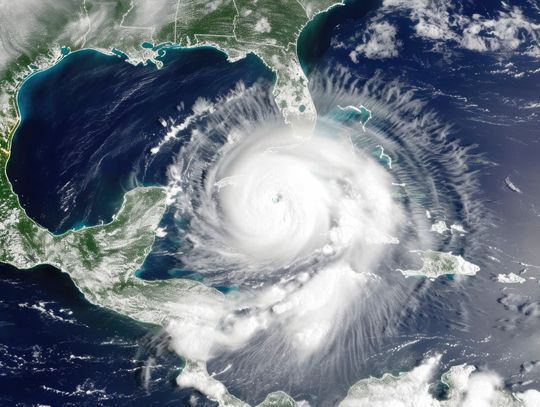
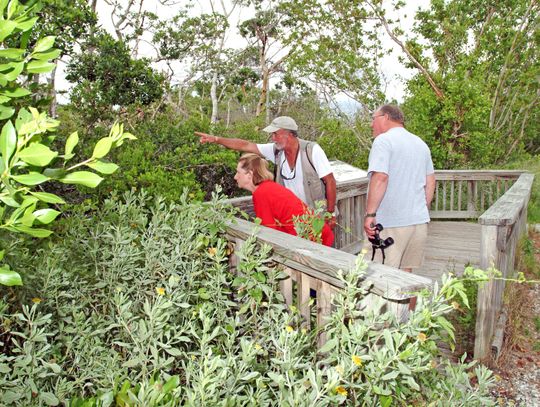







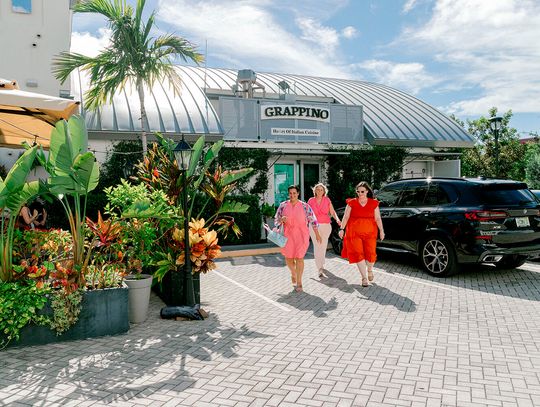

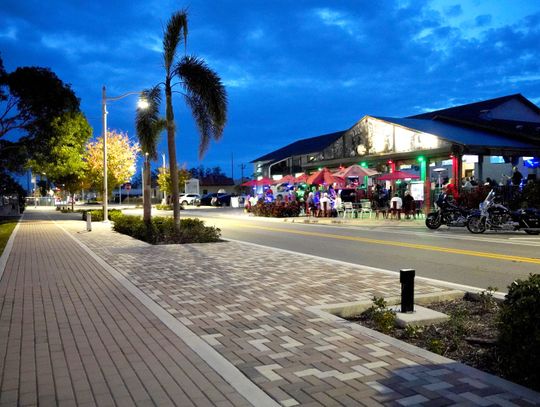
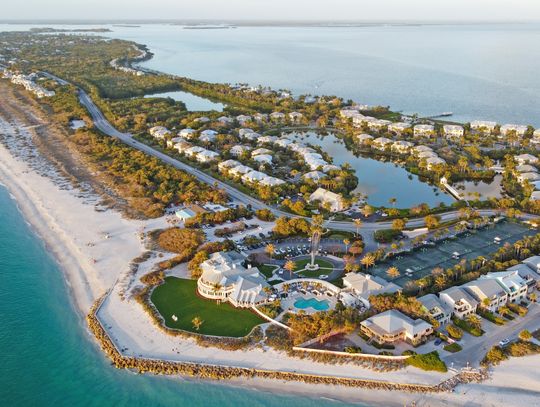

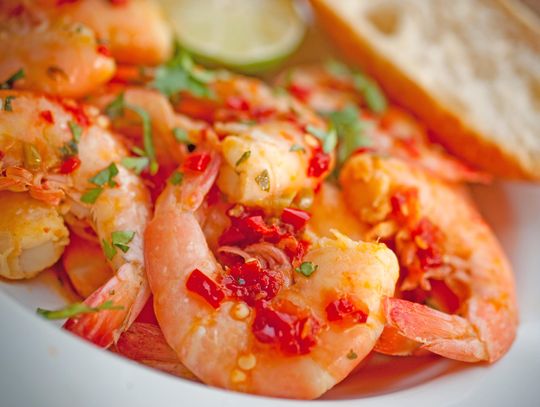
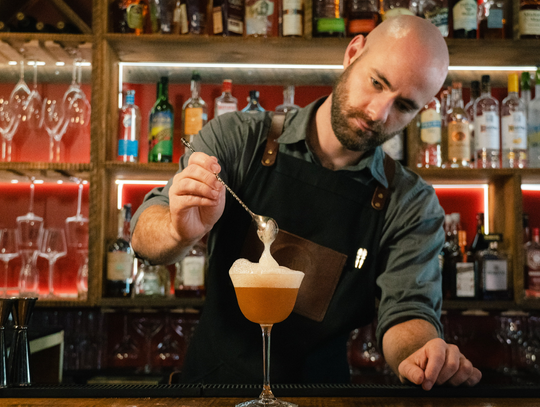

Comment
Comments